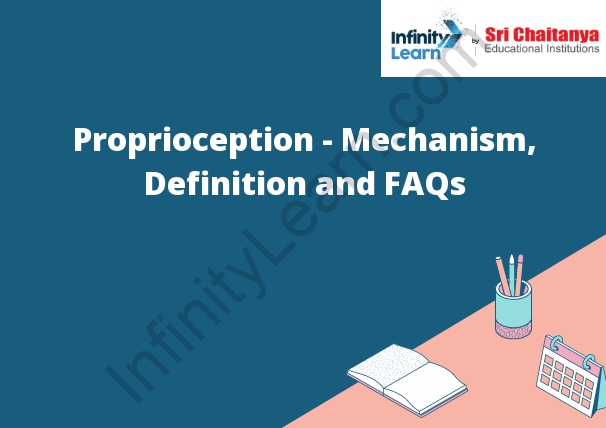Table of Contents
Proprioception Definition
Proprioception is the sense of the relative position of neighboring parts of the body and the strength of effort being employed in movement.

Proprioception in Vertebrates and Invertebrates
Proprioception is the sense of the relative position of neighboring body parts in space. It is a type of kinesthesia, the ability to sense movement. In vertebrates, it is provided by proprioceptors in muscles and joints. In invertebrates, proprioception may be provided by proprioceptors on the surface of the body, or by sensors inside the body.
Mechanism of Proprioception
The sensation of movement and position originate from proprioceptors which are found in muscles, tendons and joint capsules. They send constant messages to the brain about the position and movement of the body parts. This information helps in controlling the body’s movements and maintaining balance.
About Proprioceptive Sense
The proprioceptive sense is responsible for providing feedback about the position and movement of our body parts. This information is used to control our movements and posture. Proprioceptive feedback is provided by special receptors located in our muscles and joints. These receptors send messages to the brain about the tension and length of the muscles, and the position and movement of the joints.







